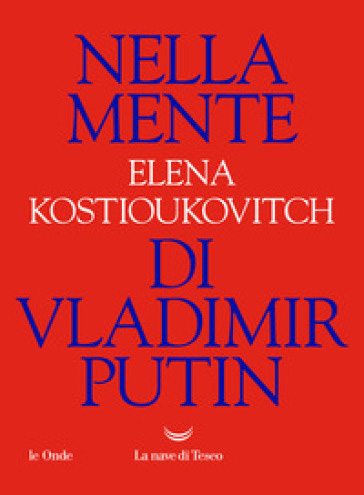With an area of 2,124 square miles, Liguria has 217 miles of coastline. The area on the map may be small, but there are as many mountains as in Val d’Aosta, Trentino or Abruzzo. Therefore, what the Ligurians have been able to depend on during the course of their history is obvious: fishing, first of all, secondly, mountain goats, and third, their own enterprise.
In this mountainous coastal strip of grudging soil, farming is hard work on terraces contained by low, dry-stone walls constructed in irregular grids of shale or slate (cement and stucco are forbidden, in theory, by a special law to protect the environment, observed by… almost everyone) and continuously patched by hand. Modern methods of cultivation have not caught on here: it is difficult to adapt large equipment to a plot of land that is merely a few spans. Thus, from an agricultural standpoint, Liguria remains an oasis of so-called “bio-products”, a paradise for agritourists, a bastion of ecological and ethnogastronomic “food defenders” (see Slow Food). Familiarity with simple things here is so developed that humble products, little appreciated elsewhere, enjoy the highest consideration: herbs, seasonal vegetables, eggs.
Liguria’s cuisine is first and foremost that of the seaman, and secondly a “cusine of return”, that is, a cuisine of the land: that long dreamed-of land that the sailor, back in home port, treads with unsteady gait as he disembarks from the boat. Throughout the entire voyage, the seaman has eaten hardtack and focaccias (the same ship’s biscuits and flatbread that even today constitute an important component of the Genovese and Ligurian diet). Focaccias drizzled with olive oil, often topped with dried fish, such as “mosciame”: dried dolphin fillet (traditionally) that today, following a national prohibition on catching dolphins, is replaced by tuna fillet. Hot dishes were almost unknown: hot food was distributed only once a day on the ships, before noon, when the second watch was about to mount the guard and the first turn had just ended. Also spread on the focaccias was a pesto of basil and olive oil, plus other caloric ingredients (pinenuts and pecorino cheese) and a vitamin component (crushed garlic).
Ligurians have a skeptical, one might even say hostile, attitude toward their sea: “anything good would never be called mar” (in the sense of “male”, evil). Nevertheless, Ligurians are ready and willing to go to sea, and how! Even without recalling the glorious navigators – among them the most illustrious, Christopher Columbus – the ablest, hardiest old sea dogs are found in crews from Liguria, for whom nothing is impossible. Genoa, in distant times dubbed “Genoa the Proud”, since by the eleventh century it dominated commercial traffic in the Mediterranean, and was one of four Italian maritime republics (Venice, Amalfi, Genoa and Pisa) that controlled trade with Asia and Africa, in competition with the Arabs and with Byzantium. Genoa succeeded in ruling over not only the Mediterranean, but also the Black Sea, establishing colonies in Greece, Asia Minor, Spain, Africa, Byzantium and Crimea.
Once back on land, the sailor has no desire whatsoever to admire the beauty of the sea (a struggle that is now behind him). Instead Ligurians turn their backs to the sea and, summing up their scorn in a succinct gesture, turn their faces upward and blissfully contemplate the mountains. It is indicative that the majority of the nation’s alpine troops were recruited here, and that the local cuisine favors foods from the land. It is psychologically understandable: once back from their voyages, sailors and fishermen couldn’t stand any more cod and shell-fish.
They dreamed of savory pies with vegetables, spinach, mushrooms, fresh cheese and ricotta. The seaman’s wife prepared the pie’s dough the night before, baked it in the morning, then went to welcome her husband at the port; with dinner ready and waiting, it was easier to enjoy the day.
The simplest version of such pie is the celebrated Ligurian focaccia. Sometimes it’s made with onion, sometimes with cheese (the one from Recco is classic), but an essential, fundamental ingredient is the local oil.
At the time when the tradition of the focaccia as a provision for seamen’s voyages was created in the wood-burning ovens of the port of Genoa, olives were pressed locally and oil was abundant. Oil was the chief cargo transported, oozing out of the cracks of barrels stored at the port; though it may seem paradoxical, it cost less than flour. Grain was a different matter: Ligurian soil, then as now, was not suited for the cultivation of wheat, which was imported rather than exported. The product exported from Genoa was olive oil, particularly to the neighboring regions of Italy, given that in Piedmont they produced walnut oil, in Lombardy linseed oil, and in some other parts of Italy sesame oil. Thus for Ligurians there was no reason to skimp on olive oil the way they did on flour, and the foccacias were made thin and flat, with little hollows so that the oil poured on top would collect in the depressions.
English translation copyright © 2009 by Anne Milano Appel


